

Articles
How To Store Waxed Cheese
Modified: May 6, 2024
Learn how to properly store waxed cheese with these helpful articles. Find out the best practices to maintain its freshness and quality.
(Many of the links in this article redirect to a specific reviewed product. Your purchase of these products through affiliate links helps to generate commission for Storables.com, at no extra cost. Learn more)
Introduction
When it comes to storing waxed cheese, proper storage techniques are essential to maintain its quality and freshness. Waxed cheese, such as Gouda, Cheddar, or Edam, has a protective layer of wax that helps preserve its flavor and texture. However, if not stored correctly, waxed cheese can lose its taste and develop mold or spoilage.
In this article, we will guide you through the process of storing waxed cheese to ensure its longevity and deliciousness. Whether you are a cheese aficionado or simply love indulging in a slice of cheese every now and then, following these tips will help you keep your waxed cheese in optimal condition.
Key Takeaways:
- Proper storage of waxed cheese is crucial to maintain its flavor and texture. Choosing the right storage environment, preparing the cheese correctly, and monitoring storage conditions are essential for preserving its quality and freshness.
- Whether stored in the refrigerator or at room temperature, waxed cheese should be wrapped in breathable materials, stored in individual packages, and checked regularly for signs of spoilage. Following these guidelines ensures the cheese remains fresh and flavorful for an extended period.
Read more: How To Store Scentsy Wax
Understanding Waxed Cheese Storage
Before we delve into the specifics of storing waxed cheese, it’s important to understand why proper storage is crucial. Waxed cheese is a semi-hard or hard cheese variety that has been coated in wax to protect it from moisture and bacteria. The wax acts as a barrier, preserving the cheese’s flavor, texture, and freshness for an extended period of time.
However, waxed cheese is not invincible. It still requires proper storage to maintain its quality. Exposure to excessive heat, fluctuating temperatures, or high humidity can cause the wax to melt or crack, allowing air and moisture to seep into the cheese. This can lead to spoilage, flavor deterioration, or the growth of mold or bacteria.
Additionally, proper storage techniques can help prolong the shelf life of waxed cheese, allowing you to savor it for longer and reduce food waste. By following the right guidelines, you can ensure that your waxed cheese retains its delectable taste and enticing aroma.
In the next sections, we will explore the optimal storage environments for waxed cheese, as well as the steps to prepare and package the cheese before storing it. Whether you have a small cheese collection or are planning to stock up on different varieties, these guidelines will help you keep your waxed cheese in prime condition.
Choosing the Right Storage Environment
The first step in storing waxed cheese is selecting an appropriate storage environment. The ideal conditions will help maintain the cheese’s flavor and texture while preventing the growth of mold or bacteria.
Temperature and humidity play vital roles in cheese storage. It’s generally recommended to store waxed cheese between 40°F (4°C) and 50°F (10°C). This temperature range keeps the cheese cool enough to prevent spoilage without being too cold, which can alter the texture and flavor. Avoid storing waxed cheese in the freezer, as this can cause the cheese to become crumbly and lose its original taste.
Humidity is another important factor to consider. The ideal humidity level for waxed cheese storage is around 85%. This level helps prevent the cheese from drying out while maintaining a balance that discourages the growth of mold. Avoid high humidity environments, as excessive moisture can lead to the growth of unwanted bacteria or affect the integrity of the wax coating.
If you have a cheese cellar or a dedicated cheese aging refrigerator, these are ideal storage options as they provide controlled temperature and humidity. However, if not, you can still store waxed cheese in your home refrigerator or a cool, dark spot in your pantry.
It is important to note that storing waxed cheese alongside strong-smelling foods can result in flavor transfer. To avoid this, store the waxed cheese in a separate container or wrap it tightly in plastic wrap to keep odors at bay.
By choosing the right storage environment, you can ensure that your waxed cheese stays fresh, flavorful, and ready to be enjoyed whenever the craving strikes.
Preparing the Cheese for Storage
Before you store your waxed cheese, it’s essential to prepare it properly to maintain its quality and prolong its shelf life. Here are a few steps to follow when preparing your cheese for storage:
- Inspect the cheese: Before storing, carefully examine the waxed cheese for any signs of mold or damage. If you notice any visible mold, it’s best to discard the cheese as it may have already affected the interior.
- Remove any excess wax: Some waxed cheese may have excessive wax on the surface, which can affect the taste and texture. Use a clean, sharp knife to remove any excess wax before storing it.
- Allow it to breathe: While the wax provides a protective coating, it’s important to allow the cheese to breathe to prevent moisture build-up. If the cheese is tightly wrapped in plastic or foil, remove it and re-wrap it in a breathable material, such as parchment paper or cheese paper, before storing.
- Keep the rind intact: The rind of the waxed cheese helps seal and protect the interior. Avoid removing or scraping off the rind unless necessary, as this can expose the cheese to air and lead to spoilage.
- Label and date the cheese: To keep track of the cheese’s age and ensure you consume it at its best, label it with the type of cheese and the date of purchase or storage. This way, you can rotate your cheese collection and prioritize consuming the older pieces first.
By following these preparation steps, you can ensure that your waxed cheese is ready to be stored in optimal conditions, maintaining its flavor and texture for an extended period of time.
Wrapping and Packaging the Waxed Cheese
Proper wrapping and packaging are crucial when it comes to storing waxed cheese. The right materials and techniques will help preserve its flavor, prevent moisture loss, and protect it from external contaminants. Here are some tips for wrapping and packaging your waxed cheese:
- Choose the right wrapping material: Opt for breathable materials such as parchment paper or cheese paper. These allow the cheese to breathe while protecting it from moisture loss.
- Avoid plastic wrap: While plastic wrap may seem like a convenient option, it can trap moisture and promote the growth of mold on the cheese. Avoid using plastic wrap directly on waxed cheese.
- Wrap the cheese loosely: Wrap the cheese loosely in the chosen breathable material, ensuring that there is some room for air circulation. This will help prevent moisture build-up and maintain the cheese’s texture.
- Secure the wrapping: Use tape or twine to secure the wrapping and prevent it from coming loose. This will ensure that the cheese remains protected and the wrapping stays intact.
- Store in individual packages: If you have multiple pieces of waxed cheese, it’s best to store them individually. This prevents cross-contamination and ensures that each piece maintains its unique flavor and characteristics.
- Consider a cheese container: If you have a dedicated cheese container or cheese paper with built-in storage compartments, use them to store your waxed cheese. These containers provide additional protection and allow for better organization.
- Label the wrapped cheese: It’s important to label each wrapped piece of waxed cheese with its name and date of storage. This helps you keep track of the cheese’s age and ensures that you consume it when it’s at its peak freshness.
By following these wrapping and packaging tips, you can effectively preserve the flavor, texture, and quality of your waxed cheese, ensuring a delightful cheese experience each time you indulge.
Store waxed cheese in the refrigerator at a temperature of 35-45°F (1-7°C) in its original wax or rewrap it in wax paper. This will help to maintain its flavor and texture.
Read more: How To Store Gouda Cheese
Storing Waxed Cheese in the Fridge
One of the most common ways to store waxed cheese is in the refrigerator. The cool temperature helps slow down the aging process and maintain the quality of the cheese. Follow these guidelines to store waxed cheese in the fridge:
- Choose the right spot: Find a designated spot in your refrigerator where the temperature remains constant, preferably in the lower section or in a cheese drawer if available. This will help minimize temperature fluctuations and maintain the cheese’s freshness.
- Wrap it properly: Before placing the waxed cheese in the fridge, ensure it is wrapped in breathable material such as parchment paper or cheese paper. Avoid using plastic wrap, as it can trap moisture and affect the cheese’s flavor.
- Avoid overcrowding: Give each piece of waxed cheese enough space in the fridge to allow air circulation. Overcrowding can lead to moisture build-up and increase the chances of mold growth.
- Prevent odor transfer: To minimize the risk of flavor transfer, store waxed cheese in a sealed container or place it in a separate airtight bag. This will help maintain its unique taste and prevent it from absorbing any strong odors from other foods in the fridge.
- Check regularly: Periodically check the waxed cheese for any signs of mold or spoilage. If you notice any issues, remove the affected cheese immediately to prevent further contamination.
- Consume within a reasonable timeframe: While waxed cheese can be stored in the fridge for several weeks or even months, it’s best to consume it within a reasonable timeframe for optimal flavor and quality. Freshness might diminish over time, so try to enjoy it at its best.
By following these guidelines, you can successfully store your waxed cheese in the refrigerator, maintaining its delicious flavor and keeping it fresh for longer periods.
Storing Waxed Cheese at Room Temperature
While storing waxed cheese in the refrigerator is a common practice, certain types of waxed cheese can also be stored at room temperature. This method is suitable for cheeses that are made to be enjoyed at warmer temperatures and have a lower moisture content. Here’s how to store waxed cheese at room temperature:
- Choose the right cheese: Not all waxed cheeses are suitable for room temperature storage. Hard or semi-hard varieties like Parmesan, Gouda, or Cheddar can handle being stored at room temperature. Softer cheeses with higher moisture content may spoil more quickly and are best stored in the refrigerator.
- Find the ideal spot: Select a cool, dry area away from direct sunlight, heat sources, and strong odors. Avoid storing the cheese near the stove, sink, or other areas prone to temperature fluctuations.
- Protect it from contaminants: Ensure that the waxed cheese is properly wrapped to protect it from dust and potential pests. Use breathable materials like cheese paper or wax paper to allow the cheese to breathe without drying out.
- Check for signs of spoilage: Regularly inspect the cheese for any signs of mold, unusual texture, or off aromas. If you notice any issues, discard the affected portion immediately to prevent contamination of the rest of the cheese.
- Consume within a reasonable timeframe: It’s important to consume room temperature stored waxed cheese within a reasonable timeframe to ensure optimal flavor and quality. Depending on the cheese, this period can range from a few days to a couple of weeks.
It’s worth noting that room temperature storage may cause the waxed cheese to soften and develop a more pungent aroma. However, if stored correctly, the cheese should remain safe to eat and provide a unique taste experience.
Remember, cheese stored at room temperature may have a shorter shelf life compared to refrigerated cheese, so it’s important to monitor the cheese regularly and use your judgment to determine its freshness.
By following these guidelines, you can enjoy the unique flavors and textures of certain waxed cheeses at room temperature, enhancing your cheese-tasting experience.
Maintaining the Quality and Freshness of Waxed Cheese
To ensure the long-lasting quality and freshness of your waxed cheese, there are a few additional steps you can take:
- Store leftovers properly: If you have any leftover waxed cheese, make sure to wrap it tightly in breathable material and store it in the refrigerator. This will help prevent moisture loss and preserve the flavor.
- Avoid excessive handling: Handle the waxed cheese with clean hands or utensils to minimize the transfer of bacteria or mold spores onto the cheese’s surface. This will help maintain its freshness and reduce the risk of spoilage.
- Use cheese-specific storage containers: Investing in cheese-specific storage containers can help regulate humidity and prevent the cheese from drying out. These containers are designed to maintain the ideal environment for cheese storage and can extend its shelf life.
- Monitor storage conditions: Regularly check the storage environment to ensure that the temperature and humidity levels are optimal. Adjust the settings if necessary to maintain the desired conditions for storing waxed cheese.
- Rotate your cheese: If you have multiple pieces of waxed cheese in your collection, make sure to rotate them and consume the older ones first. This will prevent any cheese from being forgotten or past its prime.
- Follow expiration dates: While waxed cheese has a longer shelf life compared to other types of cheese, it’s still important to pay attention to expiration dates. Consume the cheese before its expiration date for the best flavor and quality.
- Enjoy cheese at room temperature: To fully appreciate the flavors and aromas of waxed cheese, it’s recommended to allow it to come to room temperature before serving. Remove the cheese from the refrigerator at least 30 minutes before serving to bring out its full potential.
By following these guidelines, you can ensure that your waxed cheese remains fresh, flavorful, and enjoyable for an extended period of time. With proper storage and handling, you can savor the unique taste of waxed cheese whenever you please.
Frequently Asked Questions (FAQs)
Here are some common questions that people often have about storing waxed cheese:
It is generally not recommended to store waxed cheese in the freezer. Freezing can alter the texture and flavor of the cheese, making it crumbly and less enjoyable.
- How long can I store waxed cheese?
The shelf life of waxed cheese can vary depending on the specific type and storage conditions. Generally, waxed cheese stored in the refrigerator can last for several weeks to a few months. But it’s always advisable to check for signs of spoilage, such as mold growth or off smells, before consuming.
- Can I eat waxed cheese if it has mold?
If you notice mold on the waxed cheese, it’s best to discard it. While the mold may only be on the surface, it can penetrate the cheese underneath and cause spoilage or affect the flavor. It’s better to be safe and choose a fresh, mold-free piece of cheese instead.
- What is the best way to wrap waxed cheese for storage?
For optimal storage, it’s recommended to wrap waxed cheese in breathable materials such as parchment paper or cheese paper. Avoid using plastic wrap as it can trap moisture and affect the flavor. Wrapping the cheese loosely and securing the wrapping with tape or twine will help maintain its freshness.
- Can I store waxed cheese at room temperature?
Some types of waxed cheese, such as harder varieties like Parmesan or Cheddar, can be stored at room temperature. However, it’s important to choose a cool, dry spot away from direct sunlight and strong odors. Soft cheeses or those with higher moisture content are best stored in the refrigerator.
If you have any other questions or concerns about storing waxed cheese, it’s recommended to consult with your local cheese specialist or refer to the specific guidelines provided by the cheese manufacturer.
Read more: How To Store Cheese Danish
Conclusion
Properly storing waxed cheese is essential to preserve its quality, flavor, and freshness. By understanding the storage requirements, preparing the cheese correctly, and selecting the right storage environment, you can extend the shelf life of your waxed cheese and enjoy it at its best.
Whether you choose to store your waxed cheese in the refrigerator or at room temperature, following the guidelines for wrapping, packaging, and monitoring storage conditions will help maintain its delicious taste and texture. Remember to check for any signs of mold or spoilage and consume the cheese within a reasonable timeframe.
By taking these steps and applying the tips provided in this article, you can ensure that your waxed cheese stays in optimal condition, ready to be savored and enjoyed in a variety of dishes or simply on its own.
So go ahead, indulge in the rich flavors of waxed cheese and elevate your culinary experience with this versatile and delightful dairy product.
Now that you've mastered storing waxed cheese, why not learn more about keeping other types in top condition? For those curious about extending shelf life through freezing, our next guide covers essential tips on cheese preservation. This handy article will clear up any doubts about how long cheese can last in the freezer, ensuring you make the most of your dairy delights without any waste.
Frequently Asked Questions about How To Store Waxed Cheese
Was this page helpful?
At Storables.com, we guarantee accurate and reliable information. Our content, validated by Expert Board Contributors, is crafted following stringent Editorial Policies. We're committed to providing you with well-researched, expert-backed insights for all your informational needs.

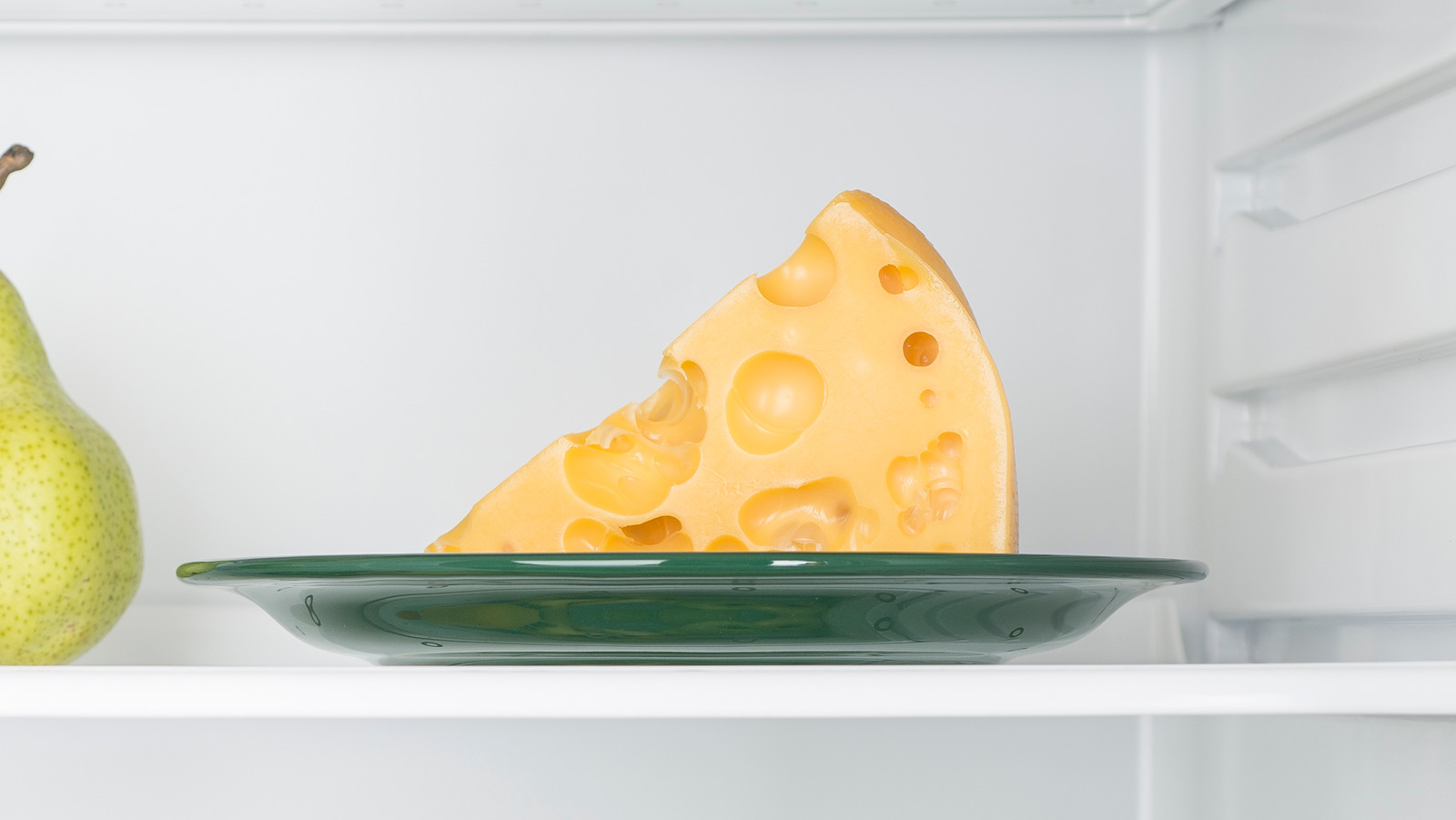

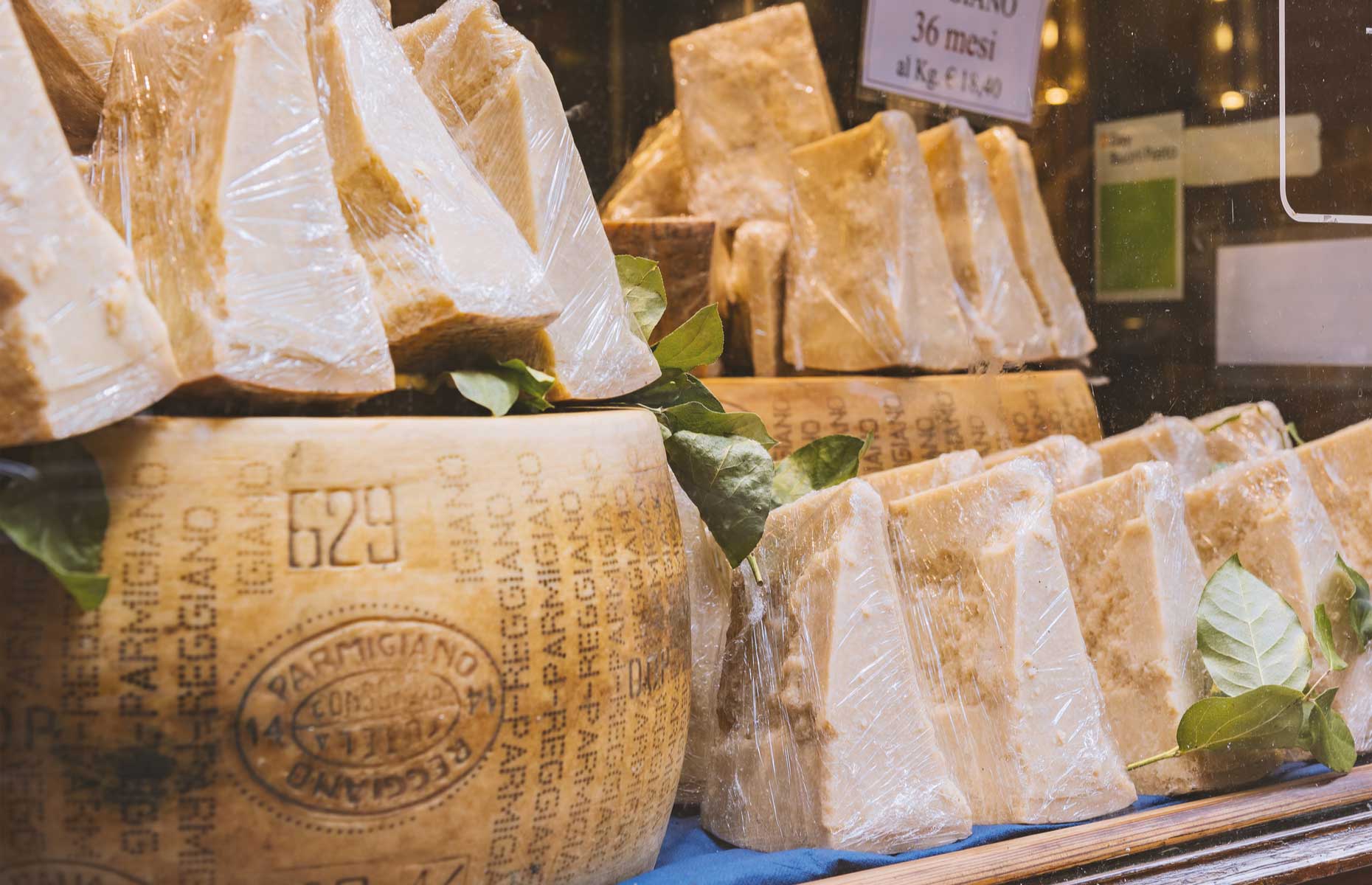


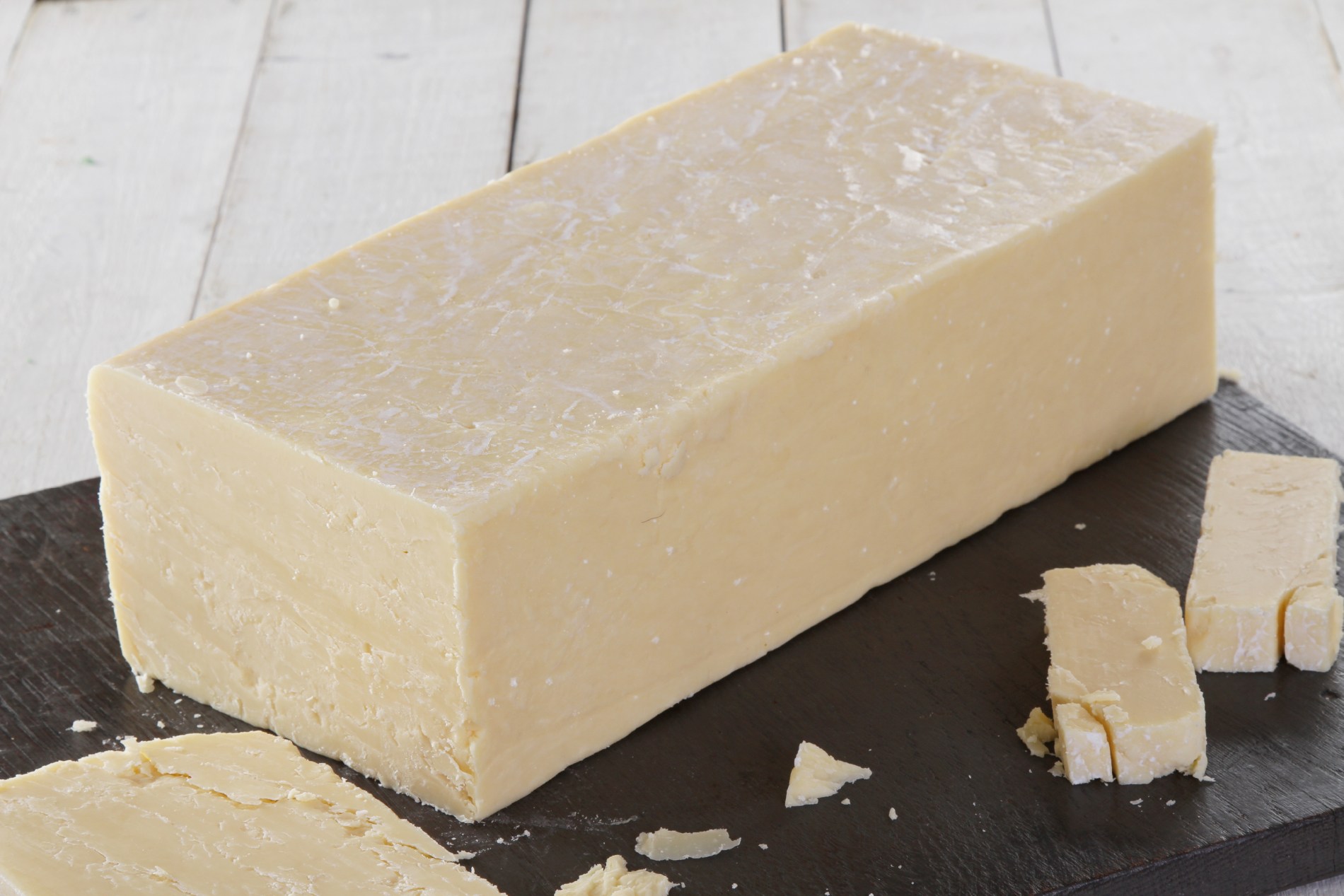



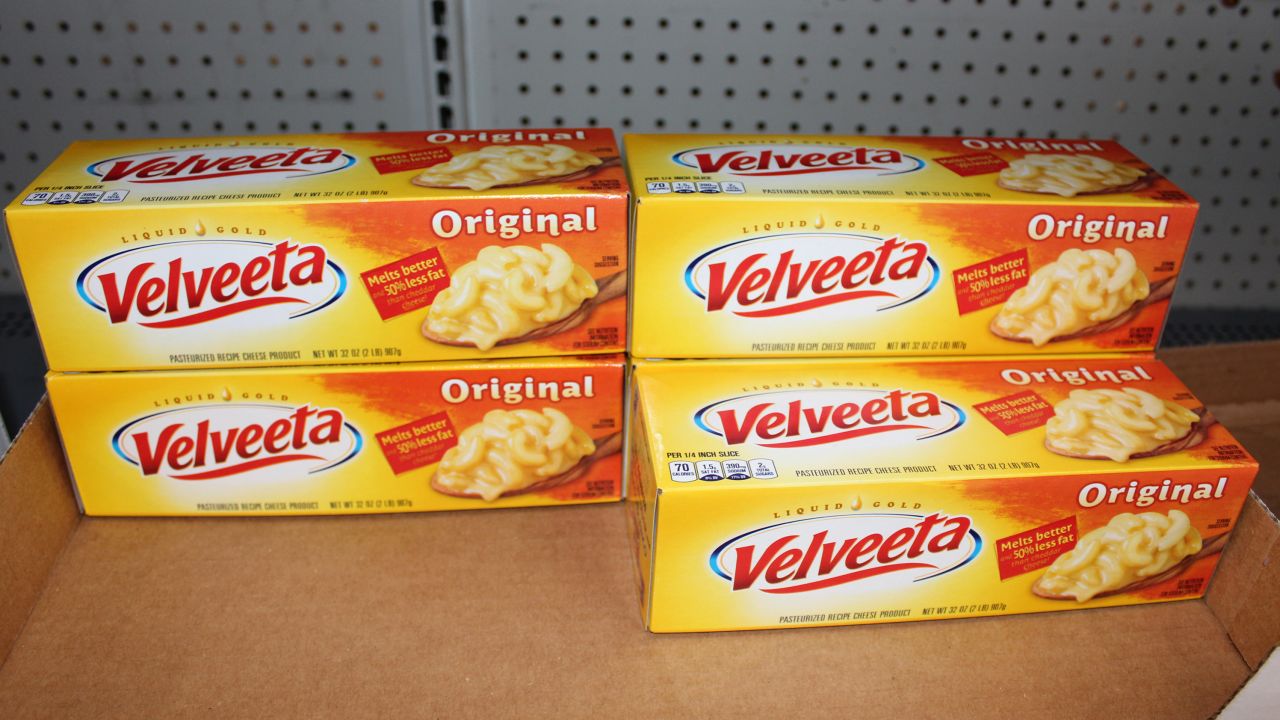

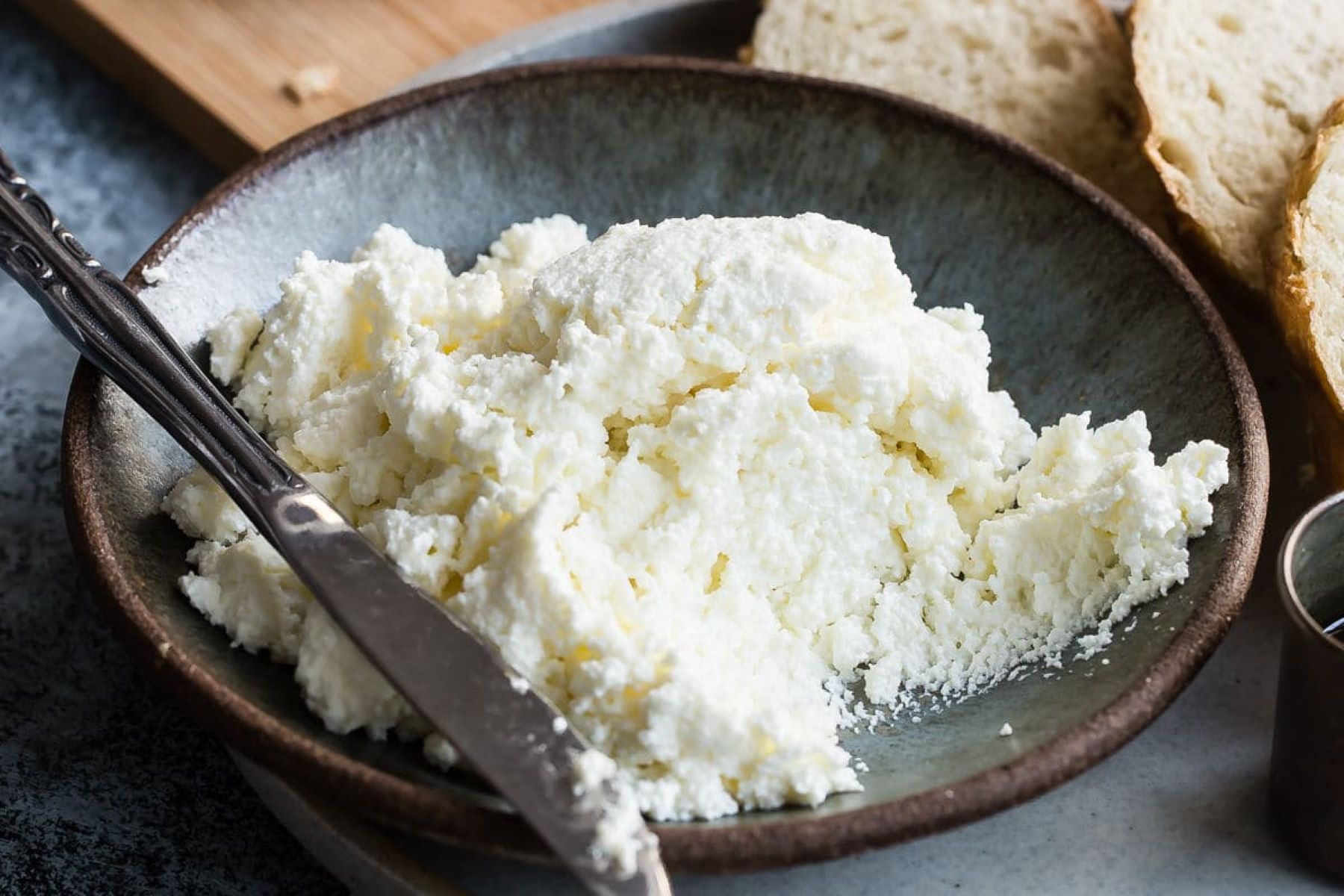

0 thoughts on “How To Store Waxed Cheese”